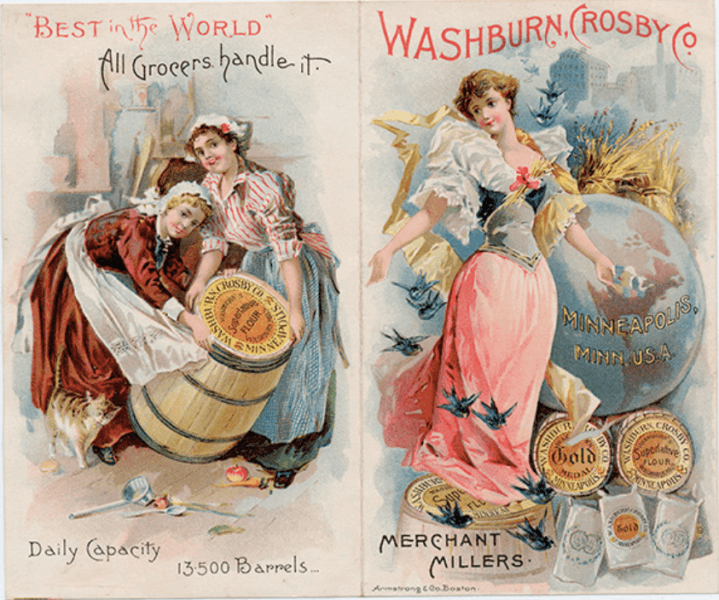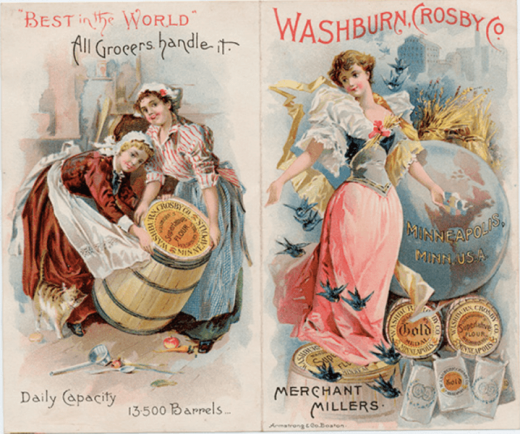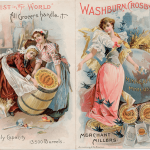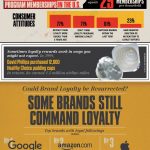How authentication can be a compelling branding asset
Contributor Davor Sutja urges marketers to employ technology that can demonstrate the authenticity of their brand and its products.

Luxury goods manufacturers put a lot of stock and pride into the superior craftsmanship and unique experiences they offer — and for good reason. What they bring to the market needs to be of the highest quality and incomparable to a forgery or knockoff; otherwise, they’ve lost their value proposition.
But with an ever-growing market of fraudulent items that deceptively imitate the real thing, anti-counterfeiting initiatives will continue to be a vital focus for both selling channels and brands looking ahead. Plus, with modern day consumers voicing the desire to be able to confirm the authenticity of the product during the in-store experience when they buy, ensuring that luxury goods are the “real deal” can actually become a wise branding choice, in addition to a vital inventory protection practice.
Since a lack of this proof can harm sales and devalue a brand, this means marketers must interest themselves in areas like inventory protection and packaging. Through the use of technology — particularly tech that can be embedded into a product or its packaging — manufacturers and marketers of high-value goods can engage the consumer and drive the high-touch experience they expect when buying products like leather goods, jewelry and fine wine.
Why proving legitimacy is financially imperative
The American economy is estimated to have lost more than $29 billion in 2015 due to the impact of counterfeit goods, according to the Commission on the Theft of American Intellectual Property (PDF), a bipartisan group also known as the IP Commission. While there’s an obvious financial imperative for sales channels and brands to ensure authentic merchandise, it’s becoming equally important to consumers to receive that assurance as well.
Especially for luxury and premium goods, a top-tier brand should convey a level of quality in its offering that is difficult for forgeries and knockoffs to replicate. Even one of the first major brands in American history, Gold Medal Flour, used the circular emblem on the packaging to serve as a stamp of quality that consumers could not get anywhere else. Before 1905, the company also delivered its product in barrels to ensure it remained in good condition during its journey to the customer — and this packaging became part of the brand, as well.

An early advertisement for Gold Medal Flour, as displayed on the company’s website.
Fast forward to today, and it’s clear that many leading brands still have marks that instill consumer confidence.
In the annual “Authentic 100” survey conducted by communications agency Cohn & Wolfe, 91 percent of consumers globally said they would more likely be interested in purchasing from a brand they view as authentic, proving that a company’s reputation for authenticity matters now more than ever.
The answer lies within
The question then becomes how a brand goes about proving authenticity. While distribution channels like eBay — with its recent launch of “Authenticate” for the sale of luxury handbags — have their methods, inclusion often comes with a hefty price tag. In fact, a quick glance at the fine print of eBay’s official terms for their Authenticate service shows that it ultimately costs the seller or brand 20 percent of an item’s sale price to use that service.
In the end, services like these offer an indirect way of solving the problem. We’ve previously touched on how digital platforms become intermediaries between brands and consumers, and that holds true here as well. If an e-commerce platform is providing the product authentication and assurance, consumers will equate that seal of quality with the platform, not the brand.
From a brand perspective, it’s much better to leverage a solution and/or technology that places the brand first and enables it to speak directly with consumers.
Product-level integration brings authenticity to an individual level
Smart packaging technologies provide the strongest opportunity in today’s market to ensure authenticity that stems from the brand itself. One way to do this that’s seeing increasing use is hologram integration, which adds a visually appealing element to a package, meanwhile also ensuring its quality. However, to be truly effective, it must be implemented on each and every product to ensure that it truly is the real deal.
This leaves the last, crucial component of customer interaction. Technologies like near field communication (NFC), augmented reality (AR) and radio-frequency identification (RFID) shine in this regard, as they allow a brand to effectively kill two birds with one stone — by both proving a product is genuine and forging a direct connection with consumers through their smartphones.
Today’s shoppers crave personalized, interactive in-store experiences, and existing technologies can allow brands to reach their target market through their mobile devices to build loyalty.
With NFC, in particular, each tag can contain a unique ID and is trackable to the individual-item level, so definitive assurance of a product’s quality and a custom digital experience can simultaneously be provided with one tap from a consumer’s smartphone.
For example, each handbag in a particular line could have a unique ID accessible through a smartphone tap. This could even become part of a “collector’s item” appeal the handbag has, as NFC technology could show that the handbag is part of a limited run or special edition in addition to being a genuine product.
By ensuring the authenticity of goods, marketers will encourage consumers to return time and time again, not just for the quality, but also for the chance to enjoy the unique luxury experience offered with that item. Showing them it’s the real deal is essentially extending a warm invitation that consumers are likely to accept.
Opinions expressed in this article are those of the guest author and not necessarily Marketing Land. Staff authors are listed here.
Marketing Land – Internet Marketing News, Strategies & Tips
(29)














